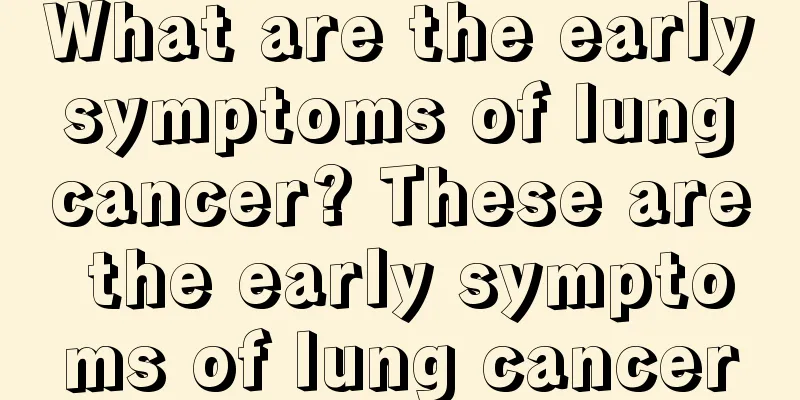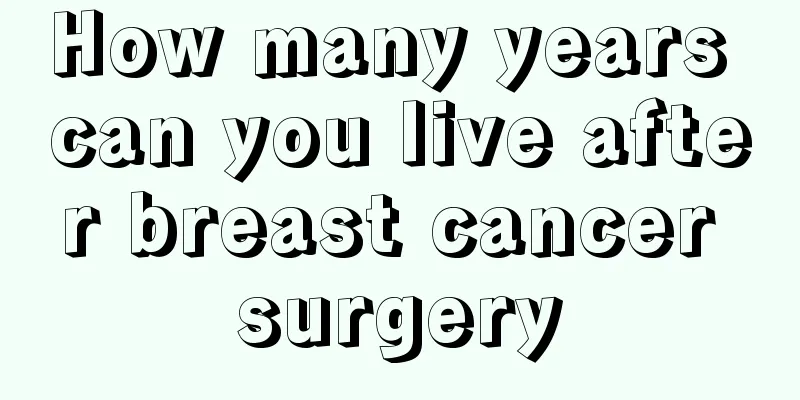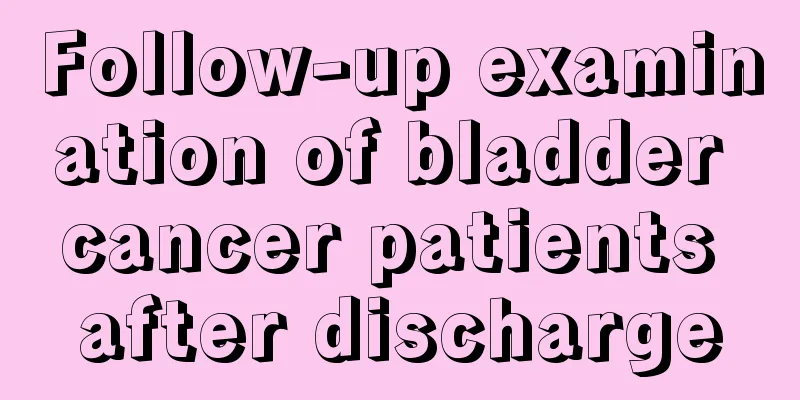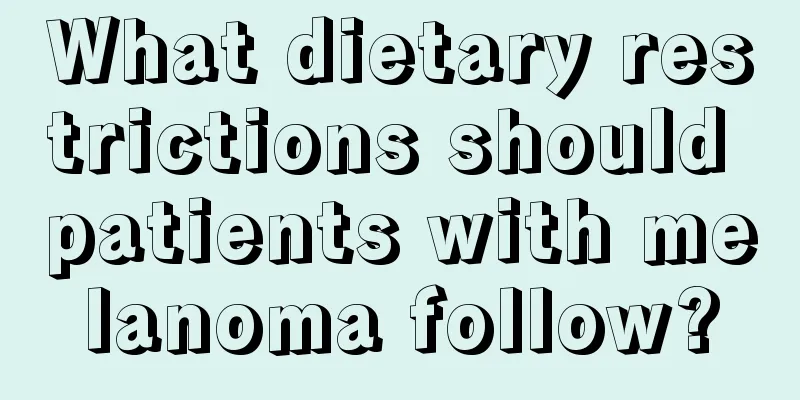What are the symptoms of cardiovascular disease
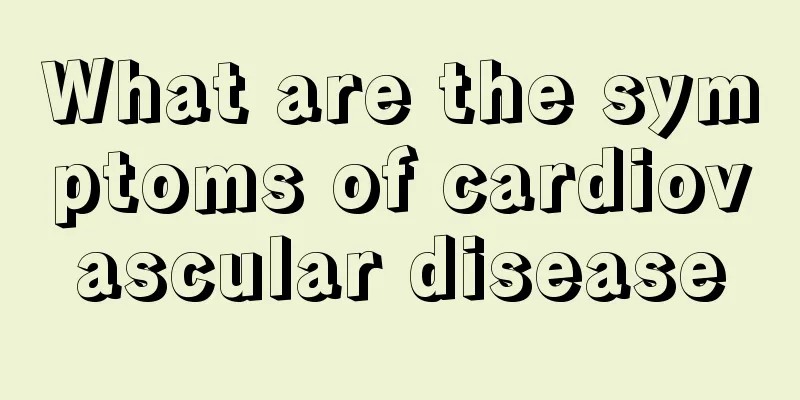
|
Cardiovascular disease is a common clinical disease. This disease has a great impact on human health and may often cause many complications. Patients must pay attention to cardiovascular disease issues. The clinical definition of cardiovascular disease is very broad, and many diseases fall into the category of cardiovascular disease. Generally speaking, the chances of developing cardiovascular diseases are higher in middle and elderly people, so we must pay attention to taking care of our bodies. Cardiovascular diseases have a wide range and their symptoms are also quite obvious. If patients have abnormal symptoms for a long time, timely measures must be taken. So what are the symptoms of cardiovascular disease? 1. Heart palpitations Palpitations are a combination of subjective feelings and objective signs Cardiovascular disease. Subjectively, the patient feels that the heart is beating fast, irregularly or forcefully. Objective examination can show that the heartbeat is too fast, too slow or irregular, that is, there are changes in heart rate and rhythm. 2. Difficulty breathing Dyspnea is also a comprehensive manifestation of subjective feelings and objective signs. Subjectively, breathing feels labored, and objectively, the number of breaths increases, and the movements become faster and larger in amplitude. Various organs in the chest can experience symptoms of breathlessness. Diseases such as cerebral infarction, pneumonia, acute pneumothorax, airway obstruction, chest wall muscle inflammation, rib fractures, and even pain from skin diseases such as herpes zoster can also lead to difficulty breathing. Heart disease Dyspnea caused by heart disease is often gradual and gradually worsens. 3. Paroxysmal nocturnal dyspnea It is also called "cardiac asthma" to distinguish it from asthma caused by lung disease. In addition to the above two points, the mechanism of occurrence is that the sensitivity of the respiratory center decreases after falling asleep, and lung congestion to a certain extent causes obvious hypoxia, causing the patient to wake up from his sleep and feel extreme difficulty in breathing. The patient needs to immediately change from a lying position to a sitting position or even a standing position, and the symptoms will gradually be relieved. 4. Acute pulmonary edema It is the most serious type of breathing difficulty, which can affect the patient's life and requires emergency treatment. The patient presented with extreme dyspnea, orthopnea, obvious hypoxia, and continuous coughing up of pink foamy sputum. 5. Cyanosis Cyanosis is a physical sign that refers to a bluish-purple discoloration of the mucous membranes and skin. Restores blood red in the body The absolute value of cardiovascular disease protein (hemoglobin not saturated with oxygen) exceeds 5g% (6~7vol% unsaturation). The mechanisms of cyanosis are hypoxic blood, excess hemoglobin, and blood stasis. There are two types: central type and peripheral type.
|
<<: What causes high risk of trisomy?
>>: What to do if your big toe hurts?
Recommend
What is the best medicine for neuropathic migraine?
Headache is one of the health problems that troub...
Packing food, the health knowledge you must know
When family and friends gather for a meal, there ...
Red dates and blood sugar
The blood sugar level in the human body is very i...
What medicine is good for stomach hiccups
In fact, bloating in life is very uncomfortable f...
Can oral enzymes be used to wash the face?
Oral enzymes are very common for many people. Enz...
Diagnosis of endometrial cancer examination items
In our daily life, the incidence of endometrial c...
What causes sudden shaking when sleeping at night?
When you are sleeping at night, you may suddenly ...
How to diagnose liver cancer and detect it early? Introducing the self-examination method for liver cancer
Liver cancer is a terrible cancer. No one wants t...
What early symptoms can identify lung cancer? You should also know the causes of lung cancer
If lung cancer has developed to the late stage, t...
What are the symptoms of lung cancer? Teach you to easily identify complex lung cancer
The incidence of lung cancer in our daily life is...
People need to pay attention to a series of causes that lead to nasopharyngeal cancer
In recent years, with the rising incidence of nas...
Staying away from bad habits can prevent bone cancer
Can avoiding bad habits prevent bone cancer? The ...
Can regular exercise prevent ovarian tumors?
Today's women are more independent. As they s...
How to check if you have testicular cancer at the hospital
Testicular cancer seriously affects the patient&#...
Can liver cancer recurrence be prevented? What are the causes of liver cancer?
Can liver cancer recurrence be prevented? Two mon...

